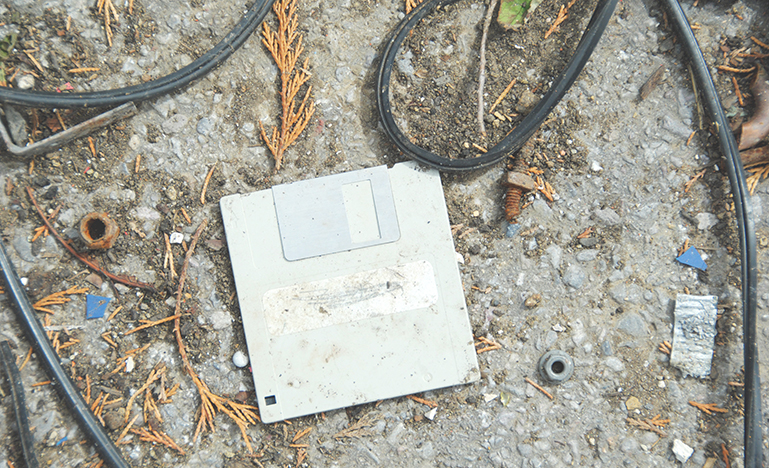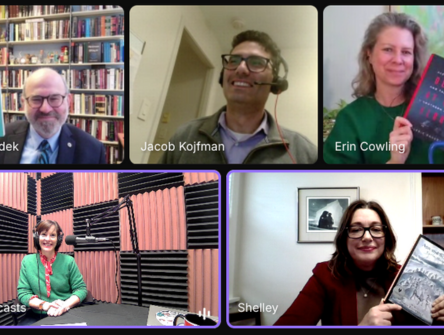Is newer better? Not always
It’s not just what you have, it’s how you use it.

According to the 2014 Ilta/InsideLegal Technology Purchasing Survey, overall law firm spending on new technology is up. Fifty-four per cent of all respondents spend two to four per cent of total firm revenue on technology, a six per cent increase compared to the 2013 findings.
For the most part, this is cause for celebration, an indication of the profession finally embracing the value and benefits of technology. But new technology is not always better.
“New technology applied to a bad process will not improve the process,” says Vivian Manning, IT manager at Barriston Law. “Much technology is both expensive and oversold, and viewed as a silver bullet, then fails to live up to expectations.”
Before making changes, explains Manning, you need to be sure that existing technology is being used to its full capacity.
A good example of this is Excel. It has been around since 1985 yet it is still one of the most underused programs in law offices. The spreadsheet software has massive potential for a firm — if you know how to get the full benefit out of it. So before going out and upgrading to special tech tools to manage billing, timelines or casework assignment, be sure to take advantage of tools already in place.
“When you identify a process that can be improved through the application of upgraded technology and you have buy-in as to its actual application to improve the process, [then it’s time for new technology]” she says.
But it can’t stop there. Studies suggest that for every dollar of computer capital invested, a complementary outlay of more than $10 is required, says Casey Flaherty, principal at Cost Control and creator of the Legal Technology Audit.
“Too frequently,” Flaherty explains, “we fail to do the training or process re-engineering necessary to take advantage of whatever it is that makes the new technology better.”
That means investing in the investment — spending the appropriate time and money on training your lawyer. Then you will find, like a true silver bullet, technology working at its fullest for you and your clients.
Where are they now?
What happens when the next big thing is yesterday’s news?
The Palm Pilot once pretty much defined the Personal Digital Assistant and set the stage for the smartphones we use today. So what happened? Technology runs at warp speed and before too long innovation gets out-innovated and we all move on to the latest and greatest. Only time can tell what has staying power and what gets left behind.
Withstanding the test of time:
The internet, the office network, Microsoft Word, Excel, email, the telephone, voice mail.
Gone (or going) the way of the dinosaur:
Pagers, typewriters, carbon paper, floppy discs, Word Perfect, tape-based Dictaphones, and the fax machine.


